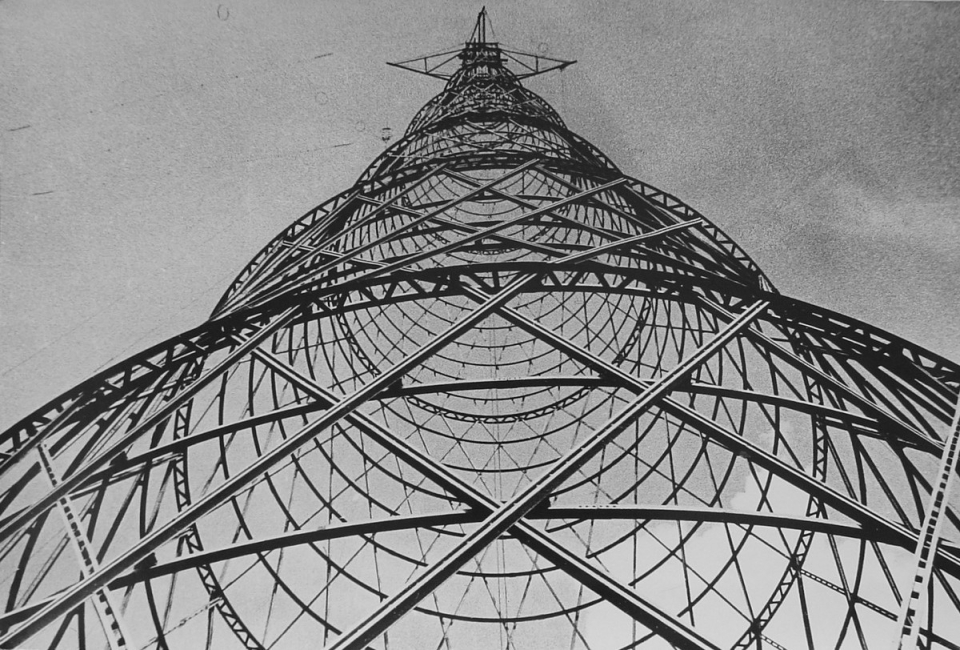Architects Try to Save a Tower in Moscow
A few miles from the Kremlin, inaccessible to tourists, the radio tower has been allowed to deteriorate for years, corroding while government authorities in Moscow debate its fate. In 2009, the Russian leader Vladimir V. Putin expressed support for restoring the tower and making it a tourist attraction, but nothing came of that. The next year, the British architect Norman Foster joined a campaign to save the tower, which he called “a structure of dazzling brilliance and great historical importance.” Shukhov’s work is said to have partly inspired Mr. Foster’s so-called Gherkin, built for Swiss Re in London.
Replacing the tower with a building of up to 50 stories would be out of keeping with the historic neighborhood near the Shabolovskaya metro station, an area of distinguished early-Soviet-era housing, the petition says. The tower, “a beacon and symbol of progressive, forward-looking civilization,” the petition adds, deserves nomination to the Unesco World Heritage List. Mr. Putin could authorize the rezoning of the area around the tower to prevent construction of a large building, a step that might prevent demolition. The city government could also halt demolition.
Protesters are planning a demonstration on Tuesday. The Russian Parliament may take up the issue next week, according to Shukhov’s great-grandson, also named Vladimir, who has helped organize the petition. There is no announced date for taking the tower down, but a final decision by Russian authorities is expected by March 24.
Among the signatories to the petition are the architects Tadao Ando, Henry N. Cobb, Elizabeth Diller, Rem Koolhaas and Thom Mayne; the engineers Guy Nordenson and Leslie E. Robertson; and the Tate Museums director Nicholas Serota. The petition was written by Jean-Louis Cohen, the architectural historian, along with Richard Pare, the British photographer, both specialists in buildings and monuments of the Soviet era.
“The impression when you stand beneath it is unforgettable,” Mr. Pare wrote in an email over the weekend. “The elements surge upwards, creating a rush of optimism and elation.” He contrasted it with the Lenin Mausoleum, “a space that stands at the opposite pole to the brilliance of Shukhov’s masterpiece,” he wrote, adding, “From light to dark in eight years.”
